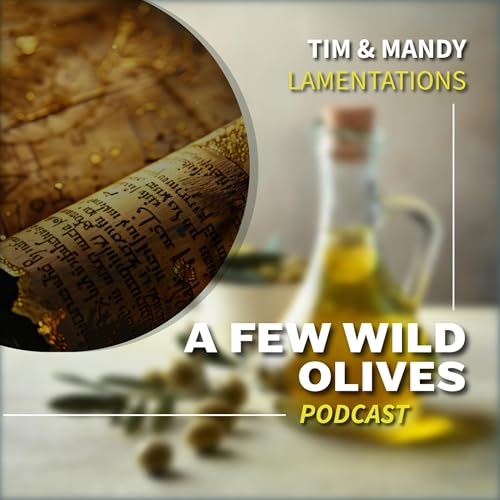
Lamentations 4 - How Dark The Gold Has Become
Failed to add items
Add to basket failed.
Add to Wish List failed.
Remove from Wish List failed.
Follow podcast failed
Unfollow podcast failed
-
Narrated by:
-
By:
About this listen
How Dark The Gold Has Become
The processes used to refine gold are many centuries old. The two most common methods of refining gold are refining with flame and the use of chemicals. Some may be surprised to learn that gold does not exist naturally as 100% pure. Gold ore is mined from the earth’s crust, comprising other types of less-desirable alloyed metals, including platinum, palladium, silver, and copper. Refining by fire is the preferable method for larger quantities of gold. In ancient times, this form of refining involved a craftsman sitting next to a hot fire, with temperatures in excess of 1,000 degrees Celsius, with molten gold in a crucible being stirred and skimmed to remove the impurities or dross that rose to the top of the molten metal.
In the second method various chemicals are added to the molten mix to isolate the gold from the other, less desired metals. This process of extensive smelting involving extreme heat, pressure, and several chemicals results in the removal of various impurities from the gold. Gold refining takes an object consisting of any percentage of gold to make a final product that consists of only pure gold. Once the pure gold content is thoroughly separated from the other metals within the alloy, it can be used to serve myriad purposes. Only through gold refining can the actual gold content be measured and appraised to be recycled into a new gold piece. The purer a gold bar is, the more value it holds. The process of refining allows for a higher quality bar to be created.
Sources: Gold traders, Gilded.
A PDF study guide is available to accompany this series: https://t.me/pastortimleech
For more content - https://youtube.com/@timandmandyleech



